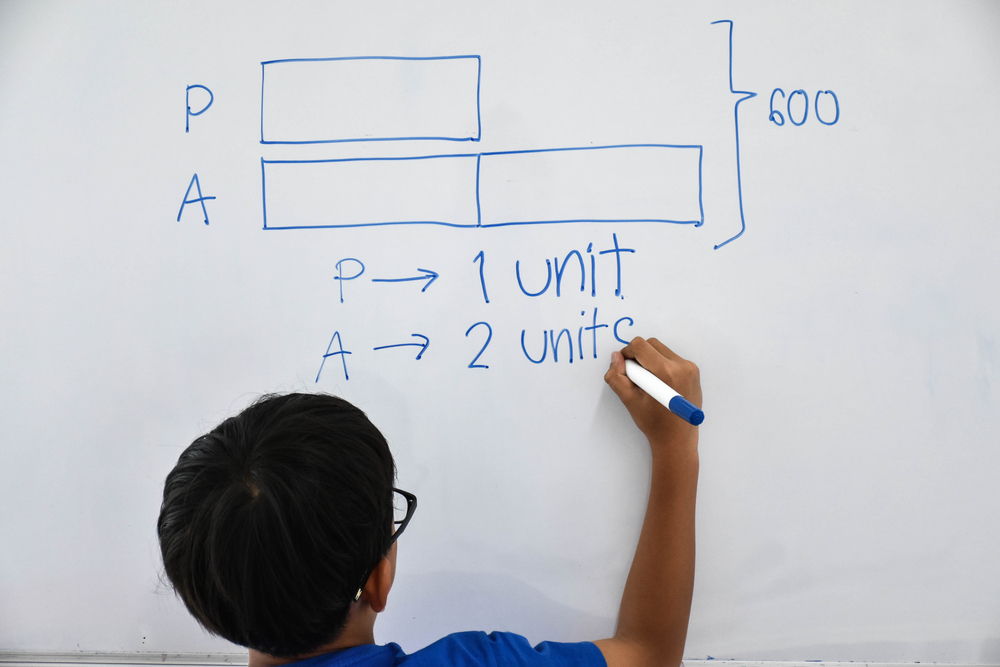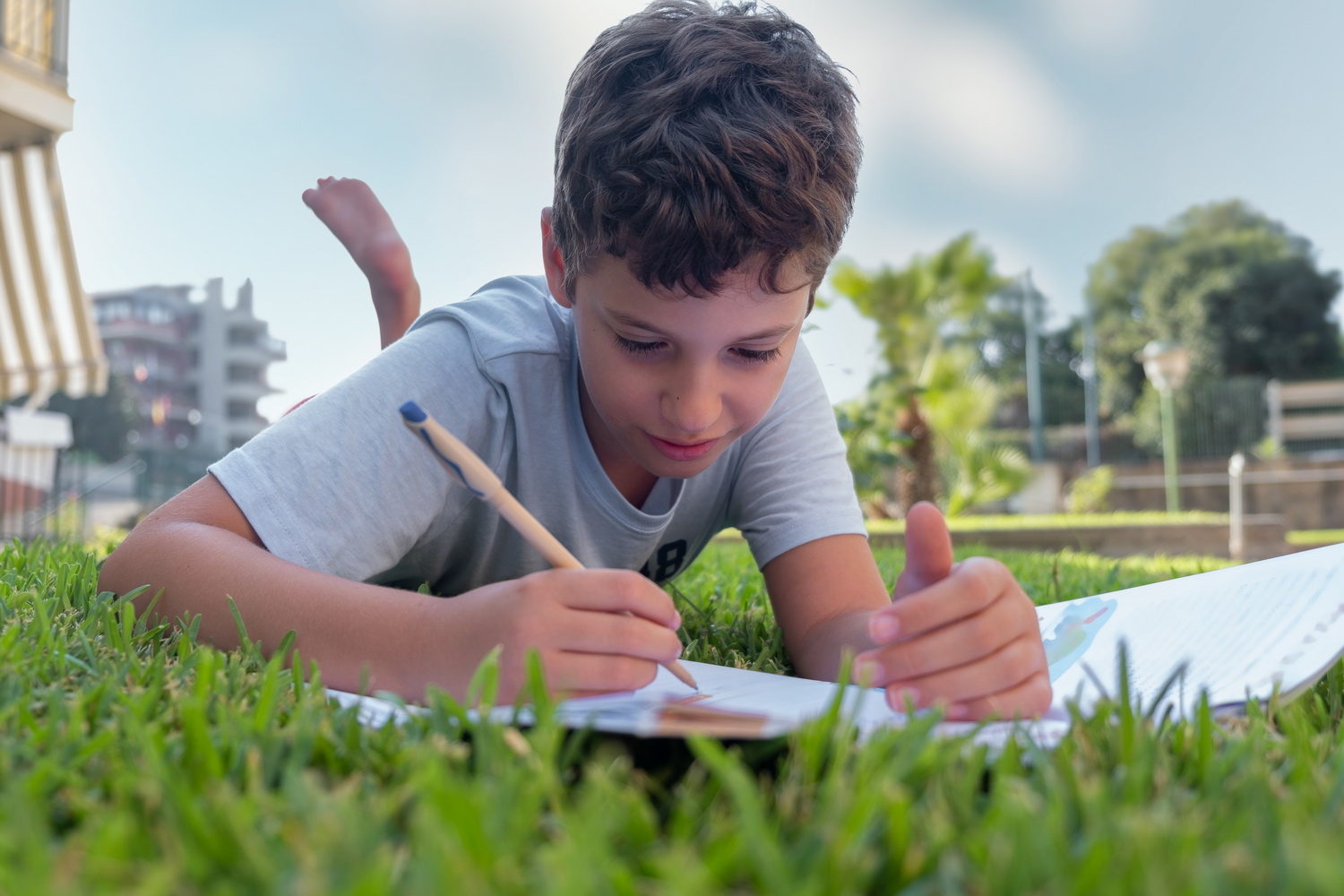Attention to Detail Reading Comprehension Worksheets for Ages 3-8
6 filtered results
-
From - To
Explore our Attention to Detail Reading Comprehension Worksheets designed for children ages 3-8. These engaging worksheets help young learners develop critical thinking skills by encouraging them to focus on specific details in texts. Each activity is crafted to improve comprehension, enhance observation, and foster a love for reading. As children identify details in stories, they build confidence and preparedness for more advanced literacy skills. Our user-friendly format is ideal for at-home learning or classroom use. Download these worksheets today and watch your little readers increase their attention span, while enjoying imaginative stories that spark their curiosity!
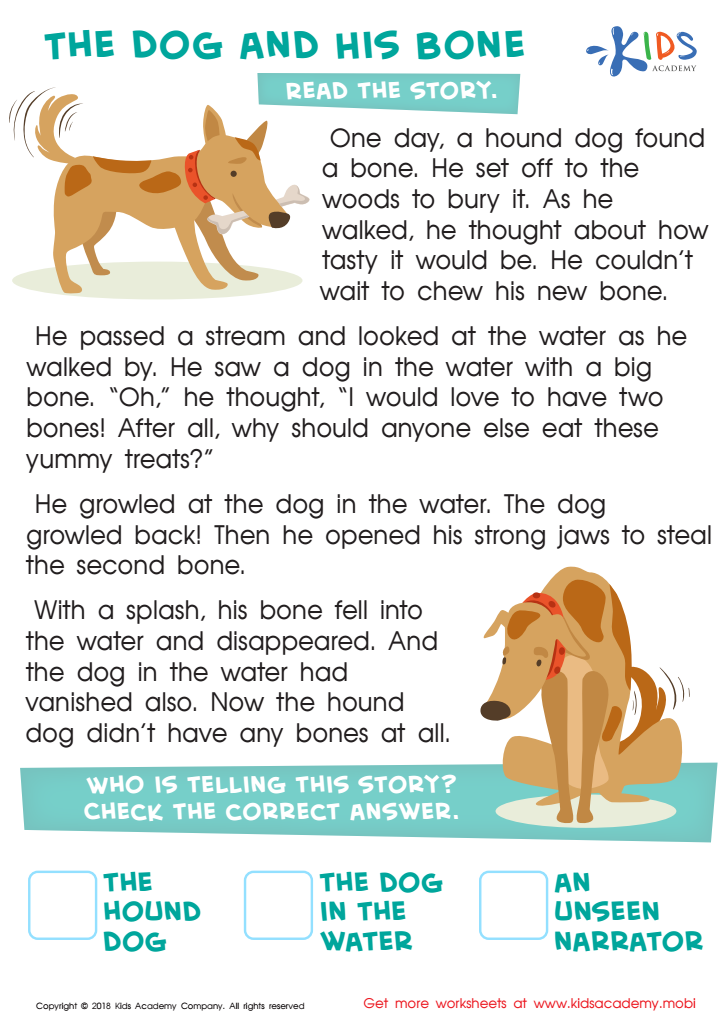

The Dog and His Bone Worksheet
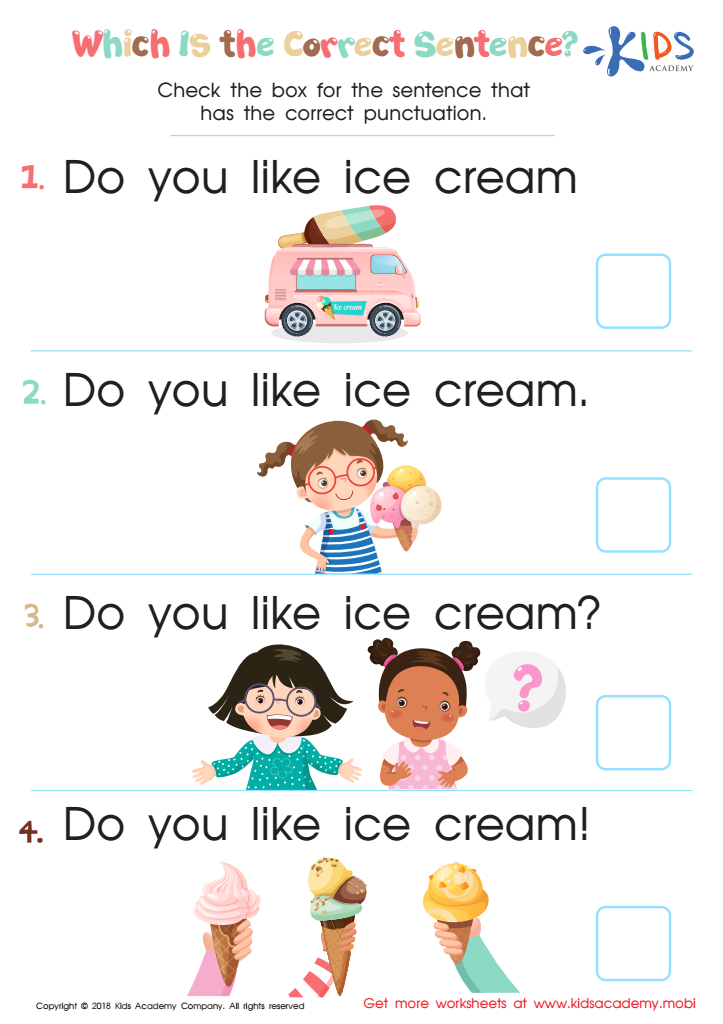

Which is the Correct Sentence? Worksheet
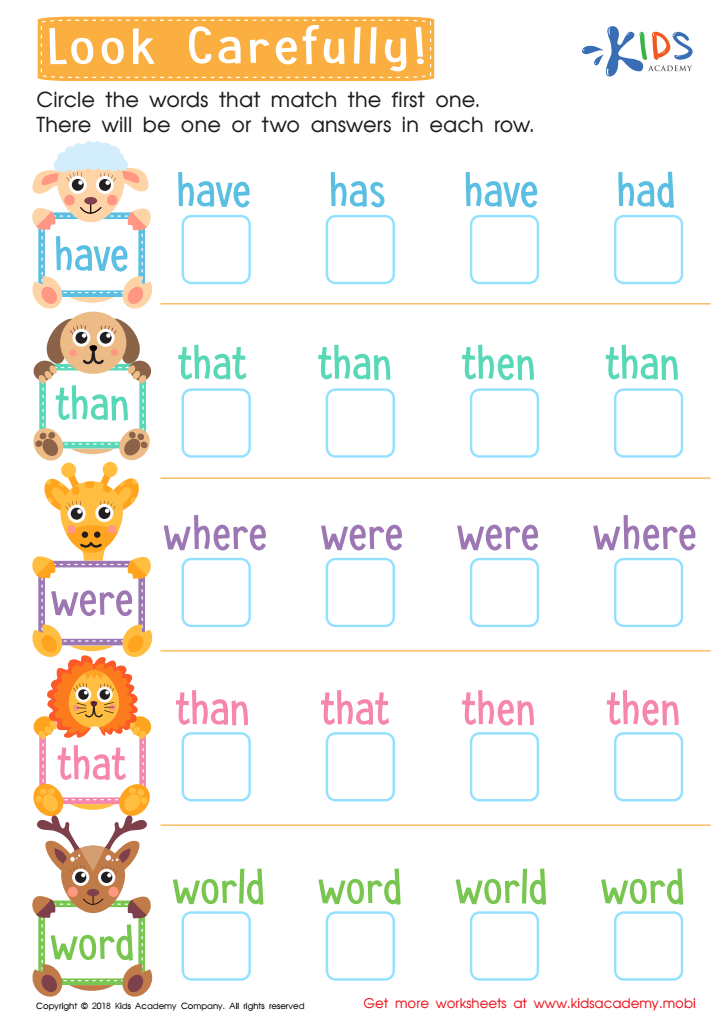

Look Carefully Worksheet
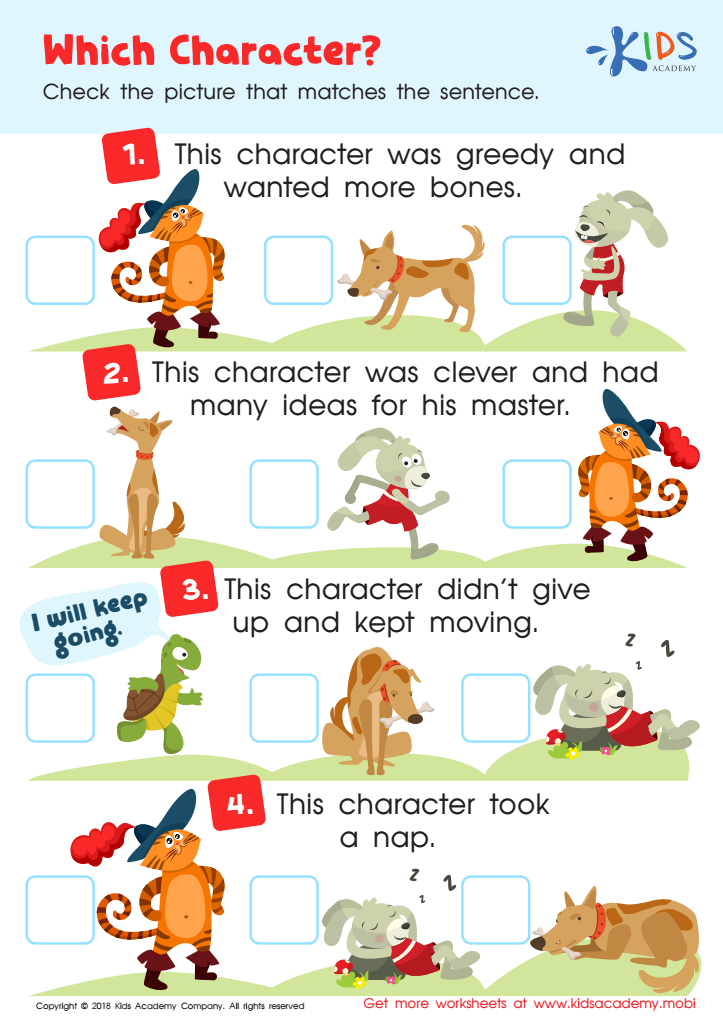

Which Character Worksheet
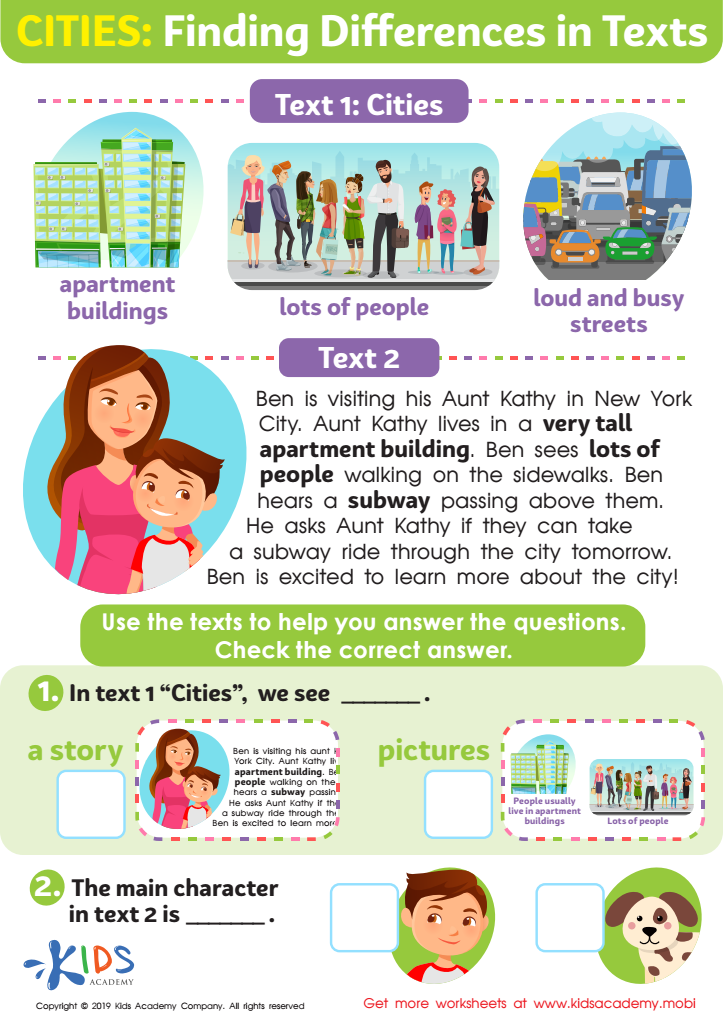

Cities: Finding Differences Worksheet
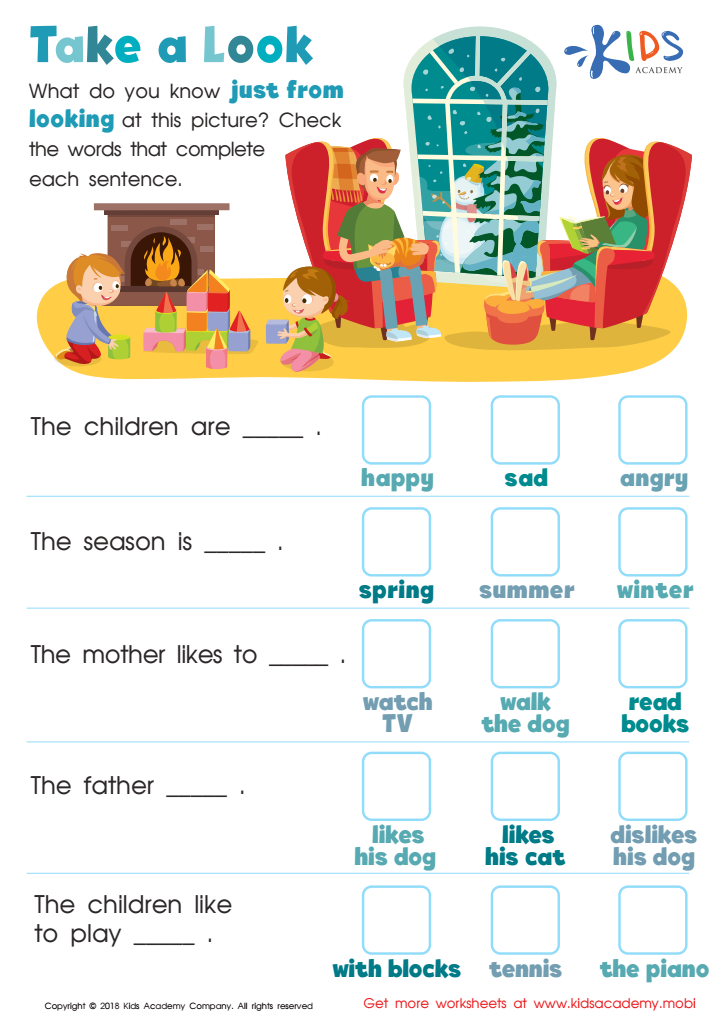

Take a Look - Part 1 Worksheet
Attention to detail in reading comprehension is crucial for children aged 3-8, as it lays the foundation for effective reading skills and cognitive development. During this formative age, children are not just learning to read but are also developing critical thinking abilities. When they pay attention to details, such as characters, plot changes, and setting descriptions, they enhance their understanding and retention of the material. This depth of comprehension fosters a love for reading and encourages children to engage more with texts.
Teachers and parents play a vital role in guiding children through this process. By emphasizing attention to detail, they can help children develop analytical skills that are essential for problem-solving and effective communication later in life. Engaging kids in discussions about the details within stories cultivates their ability to express thoughts and understand different perspectives.
Moreover, early mastery of reading comprehension skills is associated with academic success throughout their educational journey. When children learn to appreciate and interpret details in what they read, they become more competent and confident learners. This specifically enriches their learning environment, making recommendations from parents and teachers incredibly influential in nurturing these crucial abilities. Engaging discussions and activities centered on details help children thrive as readers and thinkers.
 Assign to My Students
Assign to My Students




